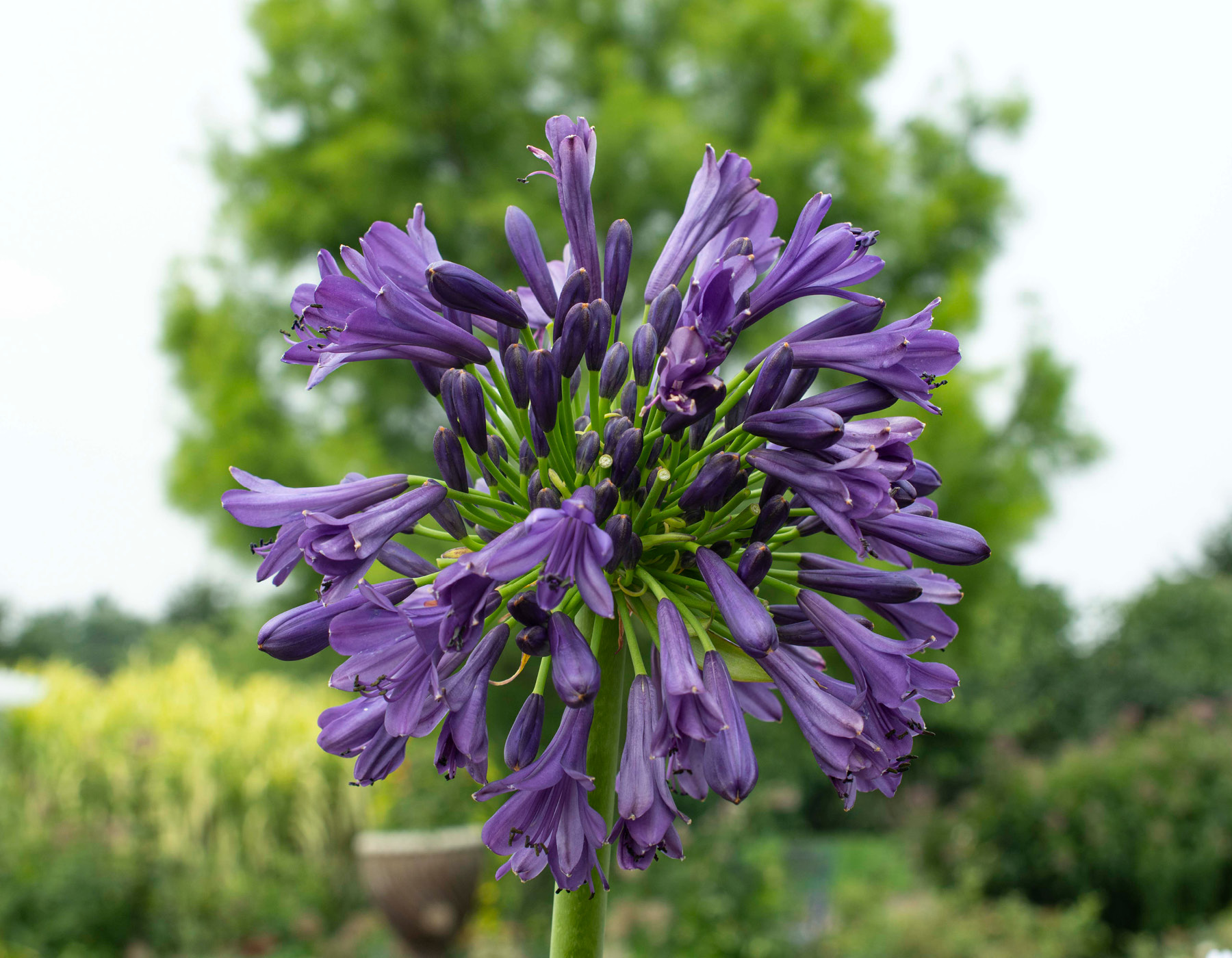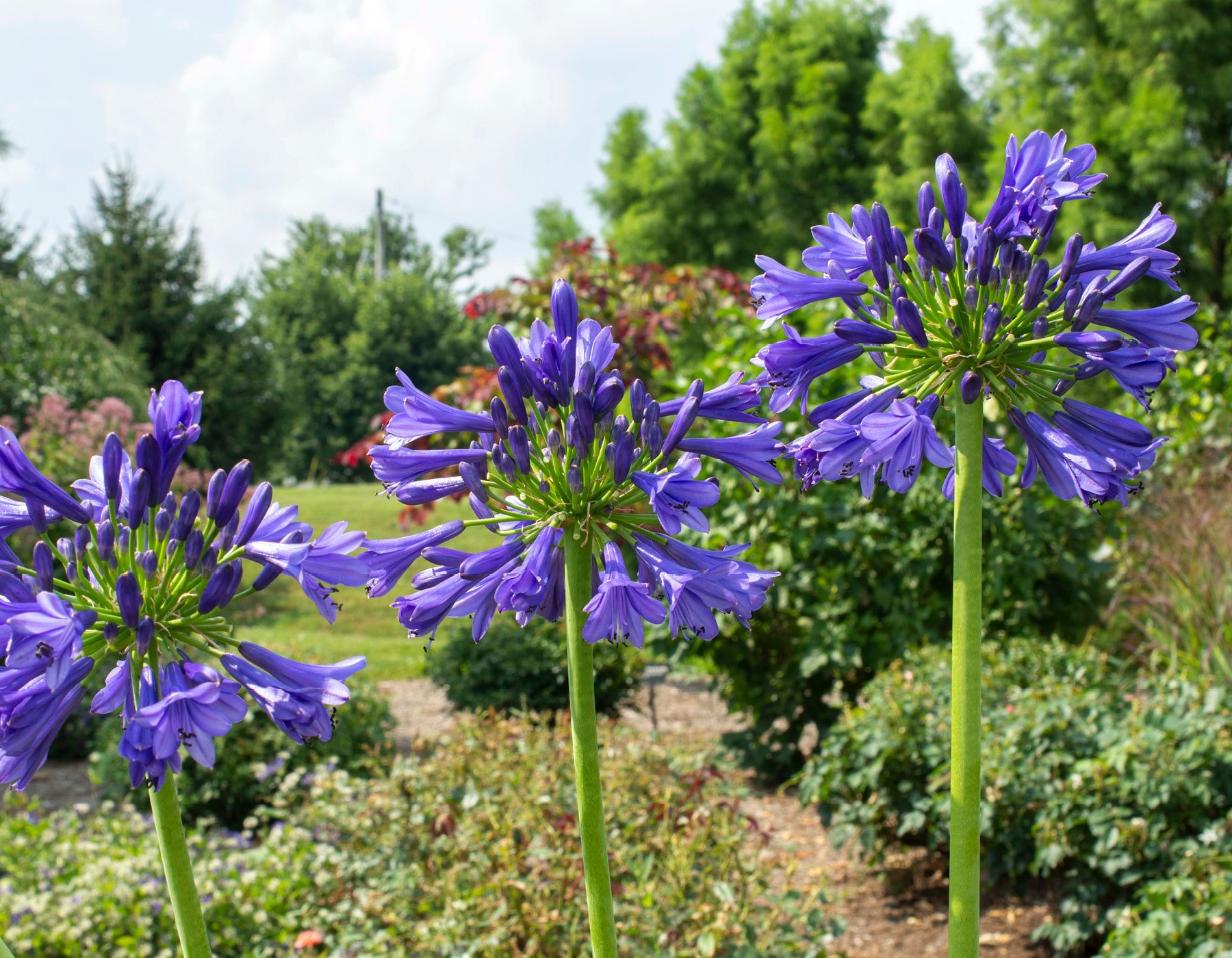Unleashing the Secret to Successful Agapanthus Cultivation: Idea for a Flourishing Yard
In the realm of gardening, growing agapanthus effectively needs a critical strategy that encompasses various facets of plant care. With careful focus to information, one can open the keys to supporting these magnificent blooms, causing a yard that grows with appeal and vibrancy. By recognizing the subtleties of agapanthus growing, one can create an environment where these plants grow and grow perfectly. In the adhering to conversation, we will check out vital ideas and techniques that will guide you towards a prospering agapanthus yard, offering understandings right into finest methods, soil problems, sprinkling techniques, and a lot more.
Planting Agapanthus: Ideal Practices
When growing Agapanthus, appropriate soil preparation is crucial for making sure successful development and advancement of these beautiful blossoms. Agapanthus, commonly referred to as Lily of the Nile or African lily, flourishes in well-draining dirt with a slightly acidic to neutral pH degree - Agapanthus. Before growing, it is important to change heavy clay soils with natural matter such as compost or peat moss to improve water drainage and give necessary nutrients for the plants
To grow Agapanthus, choose a place that gets full sunshine to partial color, as this will advertise healthy and balanced development and bountiful flowering. Dig a hole two times the size of the plant's root sphere and position the Agapanthus at the same depth it was formerly growing. Delicately backfill the hole with soil, pushing down firmly to get rid of any air pockets around the roots.
Water the recently grown Agapanthus extensively and continue to maintain the dirt equally moist, particularly throughout the plant's active growing season. Agapanthus. Applying a balanced fertilizer once a month can even more sustain the plant's development and flowering. By complying with these ideal techniques for growing Agapanthus, you can develop a magnificent display of these fascinating blossoms in your yard
Perfect Soil Conditions for Agapanthus
For optimal development and growing success of Agapanthus plants, guaranteeing the dirt problems are optimal is critical. Agapanthus thrives in well-draining soil with a somewhat acidic to neutral pH level ranging from 6.0 to 7.0. This kind of soil enables adequate water drain, preventing waterlogging which can lead to root rot. To enhance soil drain, think about adding raw material such as garden compost or peat moss when preparing the growing website. In addition, Agapanthus prefers dirt that is rich in nutrients, so integrating a balanced fertilizer throughout the expanding period can advertise healthy and balanced growth and vibrant blossoms.

Watering and Feeding Tips
To guarantee healthy development and vivid blooms, proper watering and fertilizing strategies are crucial for successful Agapanthus cultivation. Agapanthus plants take advantage of normal watering, particularly during the growing period. It is advised to water deeply as soon as a week, making certain the soil is wet yet not waterlogged. During hot weather or in pots, visit here even more constant watering may be needed to avoid the soil from drying out completely.
When it involves feeding Agapanthus, a well balanced fertilizer with equal components nitrogen, phosphorus, and potassium can be applied in the springtime to advertise healthy development and blooming. Slow-release plant foods are optimal for providing nutrients slowly over a prolonged period. Stay clear of over-fertilizing, as this can lead to too much vegetation development at the expenditure of blooms.
Furthermore, integrating raw material like compost into the soil can improve nutrient levels and enhance dirt structure, helping in the overall health and wellness of the Agapanthus plants. By following these watering and feeding ideas, garden enthusiasts can ensure their Agapanthus plants flourish and create sensational displays of blossoms.
Trimming and Deadheading Strategies
Appropriate trimming and deadheading strategies play an important role in keeping the health and wellness and appearances of Agapanthus plants, complementing the vital methods of watering and fertilizing for successful growing. Pruning Agapanthus involves getting rid of spent flower heads, dead or yellowing fallen leaves, and overall shaping of the plant to advertise better growth. Deadheading, the process of eliminating discolored blossoms, not just enhances the plant's look yet also urges further flowering.
When deadheading Agapanthus, it is advisable to snip off the flower stem at the base making use of sharp, tidy shears. This process redirects the plant's energy from seed Extra resources production back into root and foliage growth, promoting a much healthier and much more durable plant. Routine deadheading can extend the growing period of Agapanthus and avoid self-seeding, which can cause overcrowding.
In terms of trimming, Agapanthus generally advantages from a light trim after flowering to clean up the plant and urge fresh development. Cutting down the spent flower stems and removing any damaged or dead vegetation helps preserve the plant's vitality and total appearance. Nevertheless, it is important to prevent cutting into the crown of the plant, as this can deteriorate its wellness.

Protecting Agapanthus From Vermins and Diseases
Carrying out efficient insect and condition monitoring techniques is vital to securing the health and wellness and vitality of Agapanthus plants in farming. Agapanthus are usually durable plants, yet they can still come down with various pests and conditions otherwise properly taken care of. One usual parasite that affects Agapanthus is the Agapanthus borer, a caterpillar that tunnels right into the plant, creating damages to the leaves and flowers. To stop infestations, routine evaluation of the plants is important. If borers are found, they can be manually removed, or insecticidal soap can be made use of as a control measure.
Along with bugs, Agapanthus are vulnerable to conditions such as root rot and fungal fallen leave places. These concerns can commonly be avoided by ensuring correct drainage and staying clear of overwatering. If signs of disease appear, influenced parts of the plant ought to be without delay removed to prevent more spread. Fungicides might additionally be used as a treatment procedure, complying with the manufacturer's instructions carefully. By staying alert and dealing with pest and condition issues without delay, gardeners can help their Agapanthus grow and prosper.

Final Thought
Finally, successful growing of agapanthus needs appropriate growing strategies, excellent soil conditions, sufficient watering and feeding, regular pruning and deadheading, and protection from conditions and bugs. By adhering to these techniques and tips, garden enthusiasts can make sure a prospering yard loaded with attractive agapanthus flowers. Agapanthus. Keep in mind to preserve constant treatment and attention to information to advertise the health and wellness and long life of these sensational plants
When growing Agapanthus, appropriate dirt preparation is necessary for making certain effective development and advancement of these attractive blossoms.Water the recently grown Agapanthus extensively and proceed to keep the dirt equally moist, specifically Website during the plant's active growing season.For optimal development and blooming success of Agapanthus plants, ensuring the dirt conditions are perfect is crucial. When hair transplanting or planting Agapanthus, guarantee the dirt is well-prepared to provide the required structure for the plants to establish themselves effectively. One common bug that influences Agapanthus is the Agapanthus borer, a caterpillar that passages right into the plant, creating damages to the blossoms and leaves.